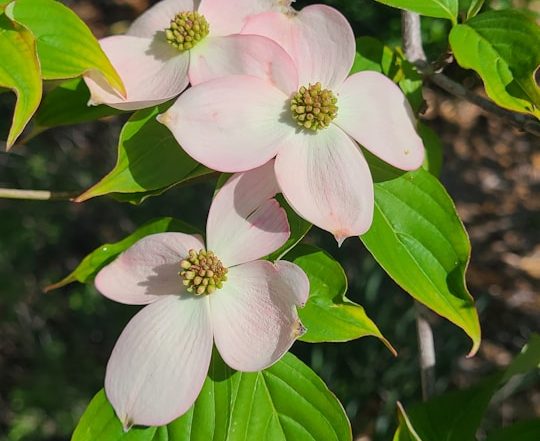by Plant Something Alabama
Share
by Plant Something Alabama
Share

Want to know how to grow in your Alabama landscape? Reading plant labels and choosing from enticing selections at your local garden shop can be overwhelming. When in doubt, ask the passionate plant folks at your local independent garden center to guide you. These clues help simplify the selection process, whether you are buying shrubs or squash seeds.
USDA Hardiness Zones: Reading plant tags can be a mystery if you don’t know what the numbers mean. It’s easy to pick plants that will live in your landscape by using a standardized plant “hardiness zone.†The U.S. is divided into 11 different zones that differ by ten degrees in winter. Plants that can sustain harsh winters and many days of freezing temperatures will be denoted differently than those who need nearly-tropical warmth to thrive. When growing most perennials, trees, and shrubs, it’s important to choose plants that are known to perform well in your region’s specific USDA hardiness zone. Discover your precise hardiness zone by pinpointing your garden on a U.S. map or inputting your ZIP code.Â
There’s usually an exception for every rule; plant hardiness is no different. Savvy gardeners can use microclimates or extra care to push the limits. For instance, create a warmer microclimate by planting near a Southern-facing brick wall that will retain and exude warmth in winter, or push the boundaries of tender plants by providing extra TLC with frost cloths on the coldest nights. If you see a tropical plant that must absolutely find a spot in your garden, consider planting it in a pot that you can move indoors over winter.
Frost Dates: Knowing your frost dates is critical to growing annual flowers, vegetables and herbs. Annual flowers such as impatiens or zinnias, and annual vegetables or herbs such as basil and tomatoes, grow and flower or fruit within one season. The key to success with an annual is to plant within its ideal temperature range.Â
A region’s frost dates are based on averages of when the last frost of the spring occurs and the first frost in fall happens. Gardeners use these as a guide to determine when it’s safe to plant tender vegetables that prefer warmer soil and longer sunny days. For instance, Birmingham is reported to have a last frost date of April 3 and a first frost date of November 5, giving about 215 days for warm season crops such as tomatoes, peppers, cucumbers or pumpkins to thrive.Â
Days to Maturity: Using frost dates in your planning method is also helpful when looking at the other key information for growing vegetables: days to maturity. When reading plant labels and seed envelopes, consult the “days to maturity†to know how long the plant will take to produce its first harvest. For late summer plantings, this is particularly helpful in counting backwards from the first frost date and knowing how long you’ll need for peas or pumpkin vines to flush out a crop before Jack Frost appears.
Other articles you might be interested in
STAY IN THE LOOP



